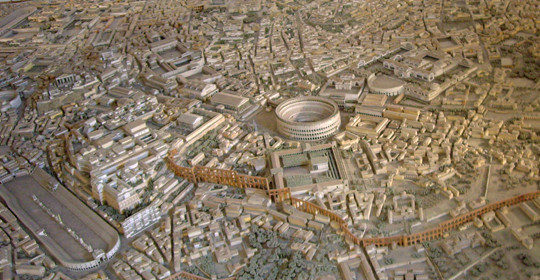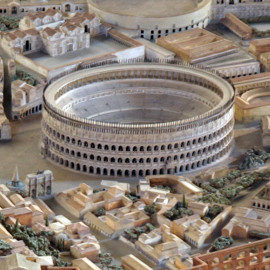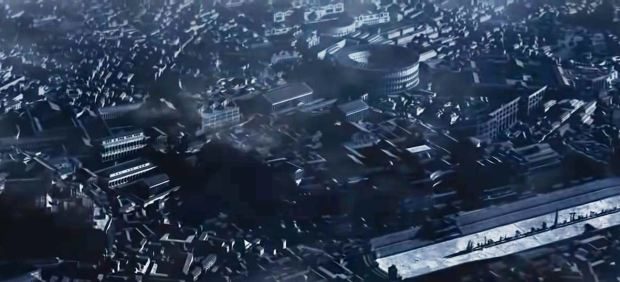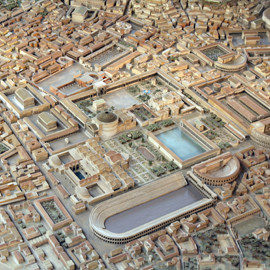OF THE
TIMES
Heaven and hell are eternal places because they are always present at the extremes of human existence, for better or for worse. People are constantly choosing between them, although they are generally not conscious of that in an articulated manner.
Good to hear a distinguished voice speak up. We all here know these shots to be safe and effective at killing and deseasing people up.
No pictures, c'mon man!!!!
Friends are friends based on mutual likes, and dislikes! Knowing and trusting them with your nearest and dearest. Many consider acquaintances...
'Friday May 3, 2024 is the Deadline for Written Public Comments' People from around the world may submit written public comments to the United...
The Whole Thing Is A Hoax - Alan Watts On The Human Society [Link]
To submit an article for publication, see our Submission Guidelines
Reader comments do not necessarily reflect the views of the volunteers, editors, and directors of SOTT.net or the Quantum Future Group.
Some icons on this site were created by: Afterglow, Aha-Soft, AntialiasFactory, artdesigner.lv, Artura, DailyOverview, Everaldo, GraphicsFuel, IconFactory, Iconka, IconShock, Icons-Land, i-love-icons, KDE-look.org, Klukeart, mugenb16, Map Icons Collection, PetshopBoxStudio, VisualPharm, wbeiruti, WebIconset
Powered by PikaJS 🐁 and In·Site
Original content © 2002-2024 by Sott.net/Signs of the Times. See: FAIR USE NOTICE





Comment: See also:
- Caesar's Rome and today
- The destruction of ancient Rome - The barbarians were not responsible
- Did the Romans build earthquake "invisibility cloaks" into structures?
- Built to last! The roads of Ancient Rome
And check out SOTT radio's: